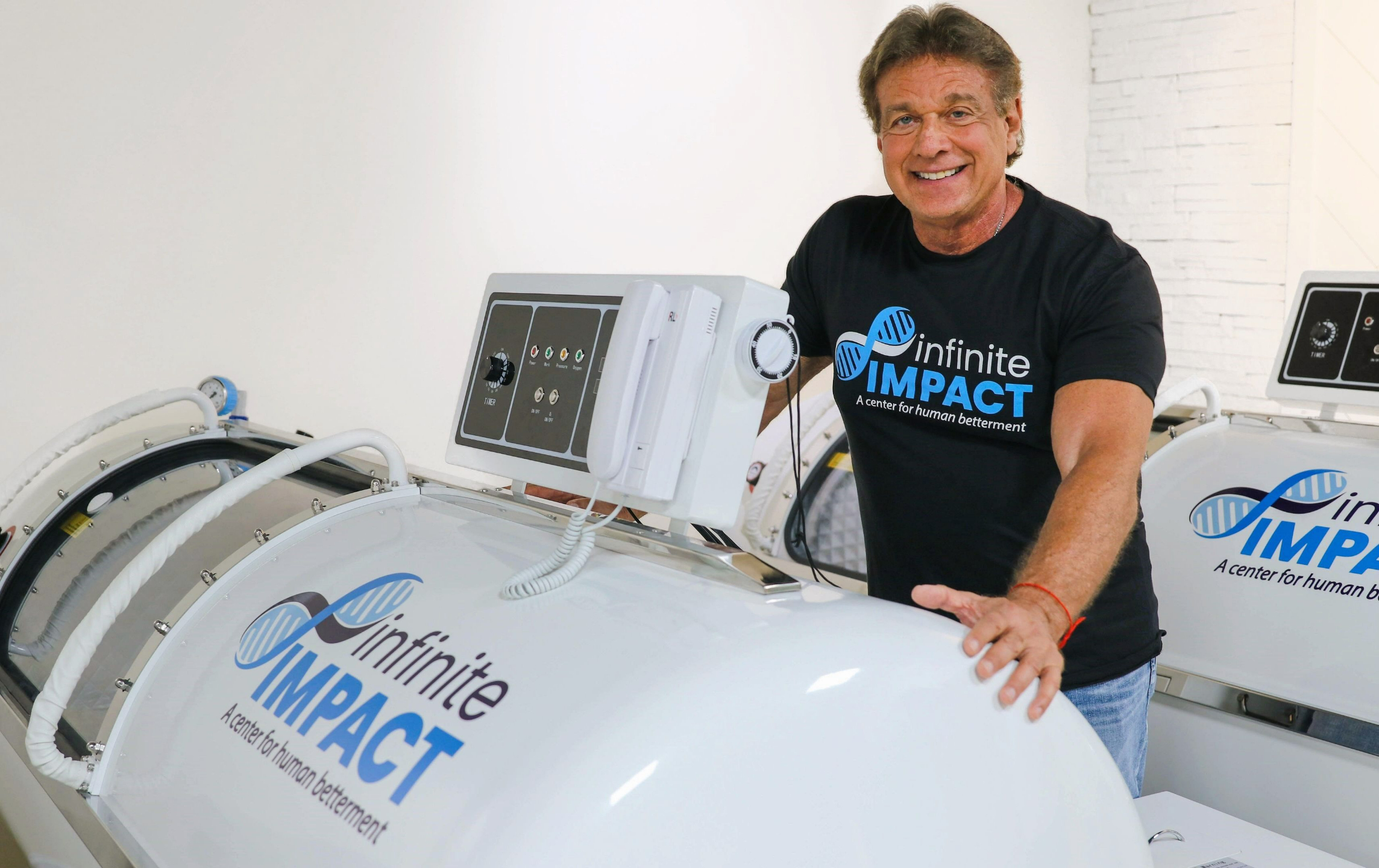A Bit of What We've Learned About Hyperbaric Oxygen

by Phil Kaplan
I receive periodic expressions of concern from people who are either familiar with Hyperbaric Oxygen Therapy in hospital based settings as well as from people who are warned to watch out for "scams" and I both appreciate and applaud their precautions.
In an attempt to provide a general explanation of how and why our HBOT strategies deliver benefit, I'll share a few thoughts in hope of shedding light and prompting further exploration (and I invite anyone to come in for a visit to examine our facilities, equipment, and approach).
As medical “science” expands into the mainstream, and the general public, as well as the fitness wanting public become exposed to the benefits of select therapies (collectively referred to as Biohacks), research often creates some disparity or conflict as is the case in any exploratory period of developing scientific understanding. In severe medical cases, i.e. when diabetic amputation is being considered, medical units with pure oxygen being administered can prove to deliver faster and perhaps more profound outcomes than the newer breed of lower pressure machines (mHBOT = mild Hyperbaric Oxygen Therapy). The higher pressure units also come with higher risk, greater space consideration and approvals, and varied requirements for medical supervision.
We are not treating life-threatening ailments but rather working with a relatively healthy population to enhance healing and recovery. In fact, we’ve seen profound changes in recovery, reduction in C-Reactive Protein, and increases in VO2 max in hard training athletes and MMA fighters. We were very selective in the units we selected for Infinite Impact (we have “soft chambers” in our Weston facility and the Impact units to a higher atmospheric pressure) and the oxygen:air content and pressure are consistent with recent research related to lifestyle diseases, metabolic syndrome, and recovery. Consistent with the mHBOT research our units operate at 1.5 ATA (7 PSI) 52kPa. Using a nasal cannula, 90% oxygen can be delivered.
Anecdotally, we’ve seen near-shocking outcomes in cases of Traumatic Brain Injuries and less-severe wound healing (not requiring hospitalization).
Because the proliferation of the newer units, much of the medical community relies upon early studies. The first published hyperbaric studies were for wound healing and utilized systems with much higher pressure than those we use. The studies looked at impact upon end stage wounds on the list for amputation. More recent studies have demonstrated that lower pressure hyperbaric can be beneficial for a variety of indications without the risks associated with higher pressure chambers. Those risks include, but are not limited to, oxidative damage and increase in circulating reactive oxygen species.
I’ll note that many of our clients use our chambers 3-5 times per week, 60-minutes per visit. I never intend to suggest that a single brief session would do anything other than introduce a new client or member to the therapy and create a comfort level before taking on a more immersive protocol.
In conjunction with our other therapies, red light, cryo, exercise strategies, acoustic soundwave, and more, we’re able to often bring about significant quantifiable betterment that argumentatively is beyond any placebo effect.
I don’t question the expertise of anyone who has a background in clinical Hyperbaric Medicine when they question the validity of the m-pressure units. In fact, I appreciate any and all feedback. The real challenge in search of consistent information lies in the fact that much of the newer research exploring the virtue of mHBOT was initiated within the last 5 years or so.
Here’s a published review along with a long list of accessible research studies for support:
https://jps.biomedcentral.com/articles/10.1007/s12576-019-00678-5
There's quite a bit to explore there.
As the scientific exploration continues, suspicions of healing potential will be replaced by research conclusions. I found the conclusive abstract from the following published study timely:
Irit Gottfried, Nofar Schottlender, Uri Ashery. Hyperbaric Oxygen Treatment-From Mechanisms to Cognitive Improvement. Biomolecules. 2021 Oct 15;11(10):1520.
Abstract
Hyperbaric oxygen treatment (HBOT)-the medical use of oxygen at environmental pressure greater than one atmosphere absolute-is a very effective therapy for several approved clinical situations, such as carbon monoxide intoxication, incurable diabetes or radiation-injury wounds, and smoke inhalation. In recent years, it has also been used to improve cognition, neuro-wellness, and quality of life following brain trauma and stroke. This opens new avenues for the elderly, including the treatment of neurological and neurodegenerative diseases and improvement of cognition and brain metabolism.
I encourage anyone, before they criticize any of our therapies or strategies, to explore the research I provided, visit our facility, and let's compare notes. I enjoy open forums and intelligent discussions to provide a greater level of clarity for all involved.
Thanks!
Phil Kaplan

